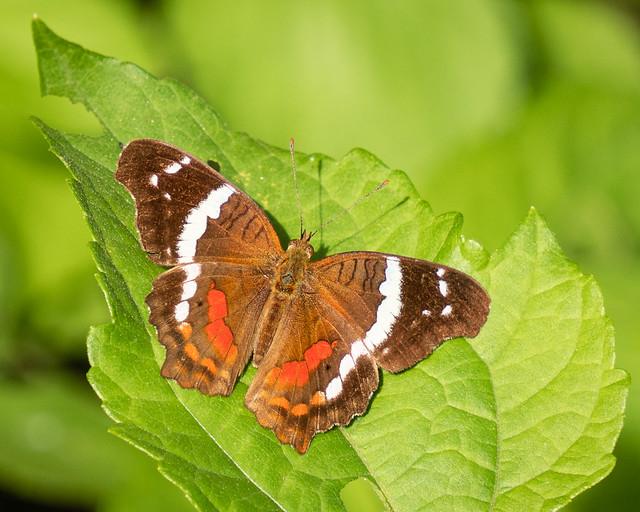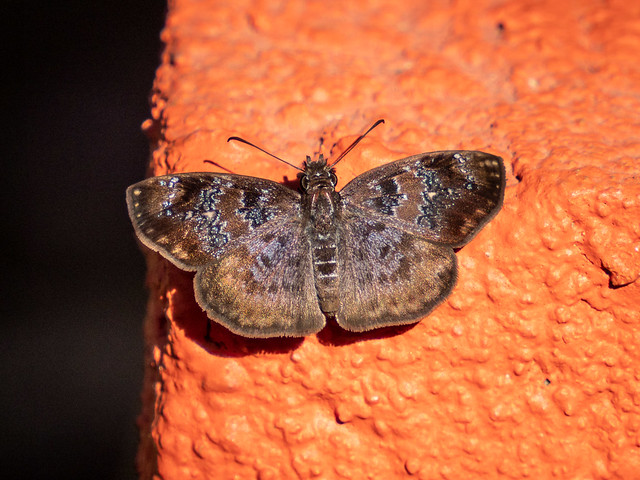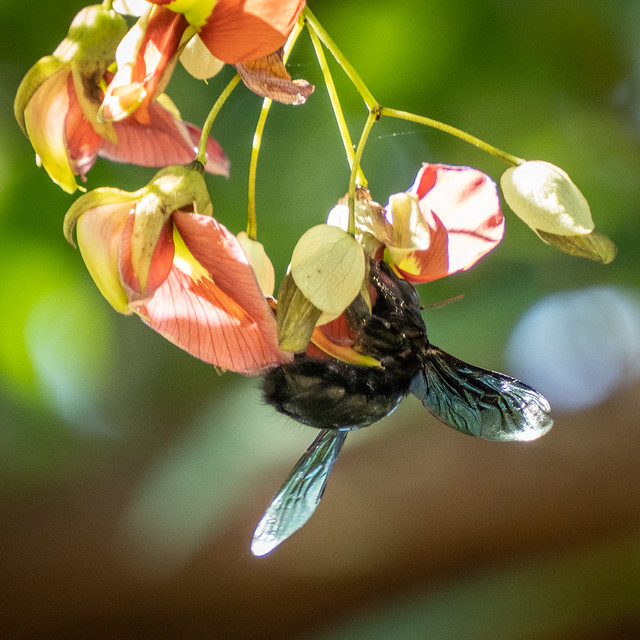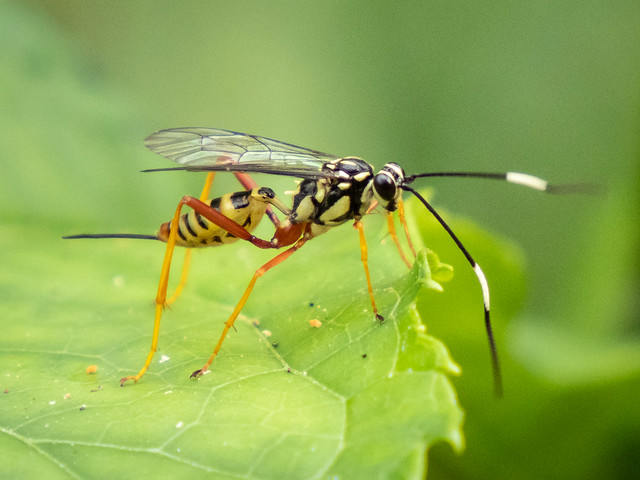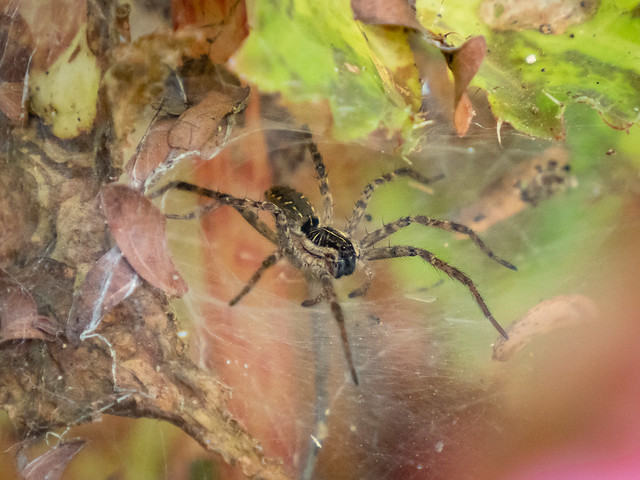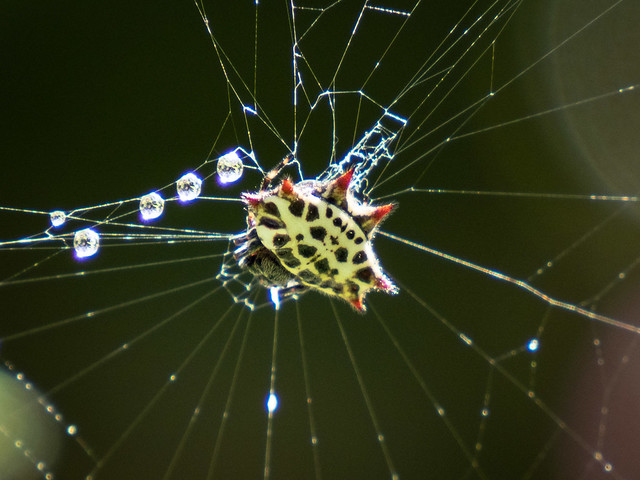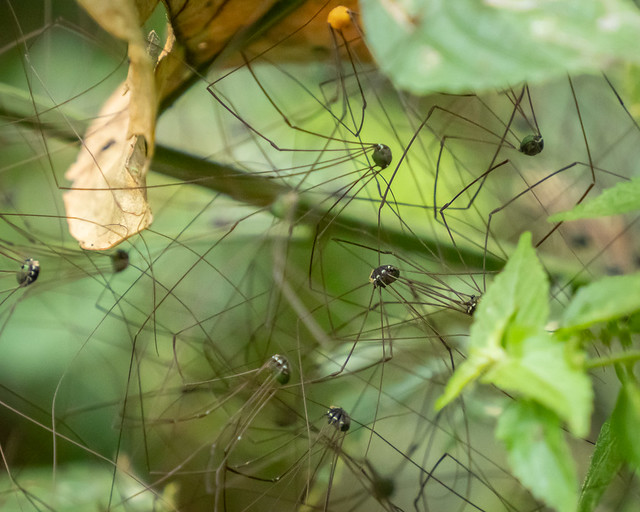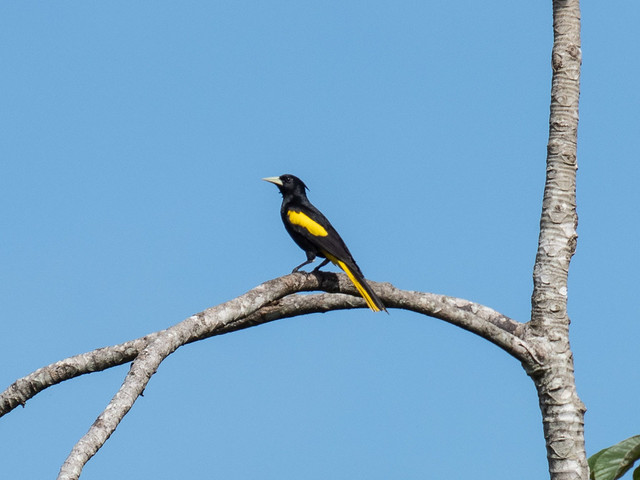
Thankfully we can still go outside during our isolation. Photography gives me an excuse to go for a walk. Or alternately, something to do when I go for a walk. (Somehow just going for a walk seems too sedate - something old people do. I'm still in denial about being one of them.)
For a change I headed out with my "old" camera (Nikon 7200) and my "big" lens (Sigma 150-600). (I'd really like to get the big lens for my new Olympus E-M1 but I can't really justify the high cost.)
I was thinking I'd take pictures of sparrows and chickadees since we've had lots at the bird feeder. But I didn't see a single one. I've also been hearing woodpeckers pecking and blue jays calling but I haven't managed to spot them. The only birds I saw were Mallards and Canada Geese.
I love the purple on the female mallards wing. You don't normally see it. Funny how some birds run on the water to take off. If it was me, I'd be focusing on my launch, but it's obviously automatic enough for her that she can keep an eye on me at the same time.

The big pink tongue seems incongruous in a bird. It was a challenge to hold the long lens steady (even with a monopod) and catch the goose squawking. This was the only shot that worked out. I assume this is a couple (they mate for life) but I'm not sure if it's the male or the female being vocal.

A nice portrait. I like how the water is pushed in front.
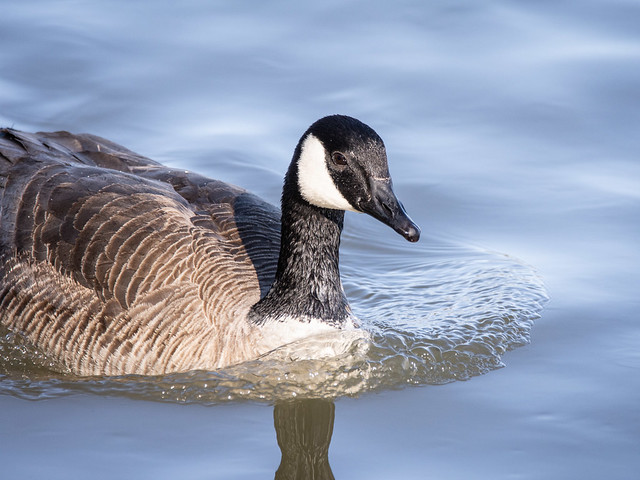
I ended up taking more photos of icicles than birds. A long telephoto doesn't seem like the right lens, but sometimes it's tricky to get close to the icicles so it actually worked quite well. There are lots of icicles but the trick is to find them in a good setting with a decent background.

I love the shapes formed by the waves and water level changes.


I like a blue tint on ice photographs. Often that comes naturally. But if the ice is dirty converting to black and white helps. So then I'll add some split toning to restore the blue. Even when the blue isn't really obvious (as above), it makes quite a difference compared to the straight black and white that looks too "warm" for the subject.
A few days later I went out again, this time with the Olympus and the 12-200 lens (24-400 equivalent). Definitely a lot smaller and lighter than the Nikon with the big lens! (It's a bit frustrating to switch cameras - my fingers automatically go to controls for the wrong camera.) Again, I ended up taking mostly ice photos.
The melting conditions had formed layers in the snow, with icicles between the layers. (I discovered this by suddenly crashing through the knee deep layers.)


I managed to extract a piece of ice from one of the layers and propped it up to photograph. Interesting patterns from the ice crystals melting and refreezing.

Some of the broken chunks were interesting, but hard to photograph. My black glove helped separate this one from the background.

Water dripping from the ice shelves above formed icicles on the bushes below.

This was melt water running over dead leaves and for some reason forming bubbles.

Walking up the back alley to get home, I noticed interesting patterns in the water flowing over the asphalt. Small things to amuse small minds, as my father would say. (I see that's attributed to Doris Lessing, an English writer. Amusingly, she's also quoted as saying "There is nothing more boring for an intelligent woman than to spend endless amounts of time with small children.")



Interestingly, I didn't add the blue in these, it's just from being in the shade. Our eyes automatically adjust to this kind of color shift so we normally don't notice it until it's taken out of context in a photograph.
See all 23 photos in this album
